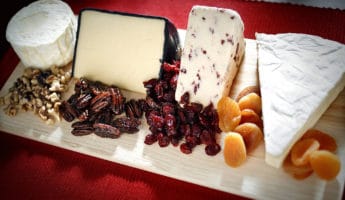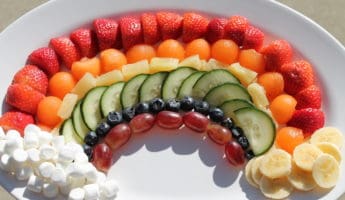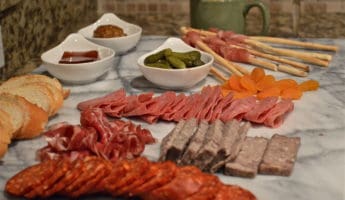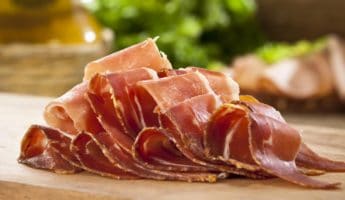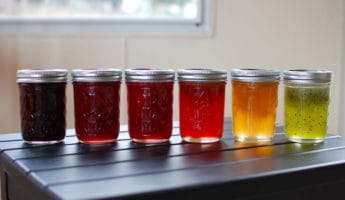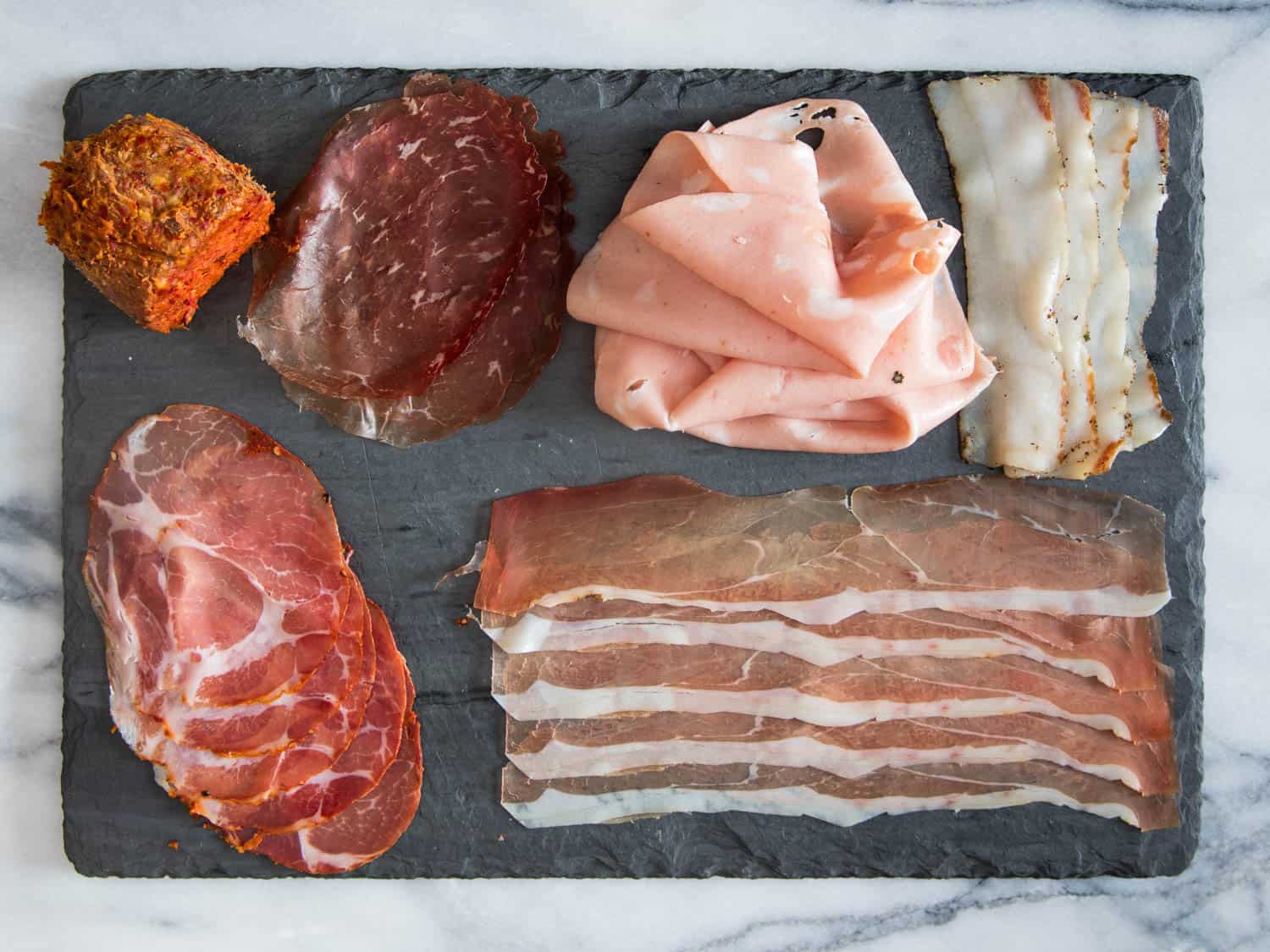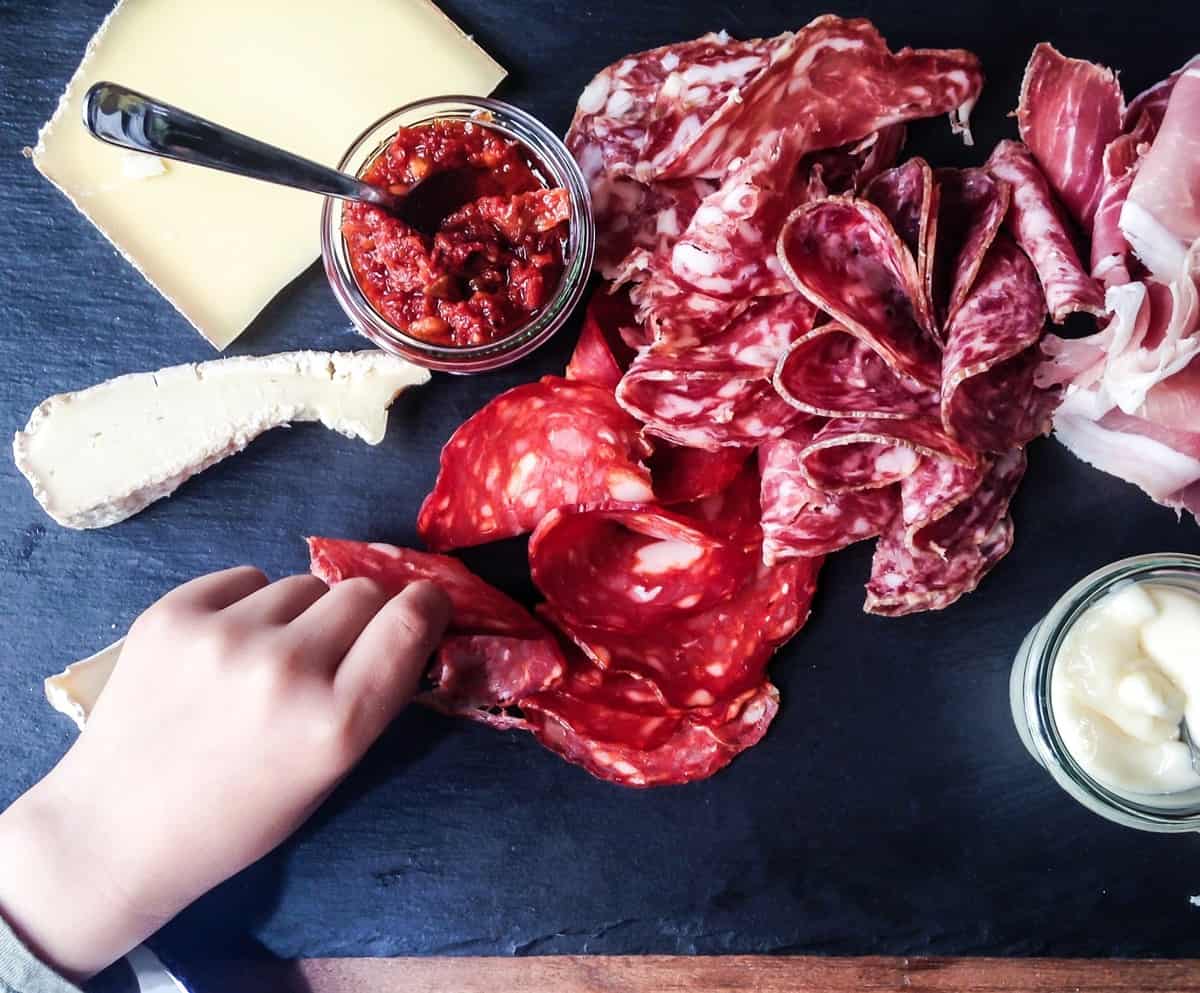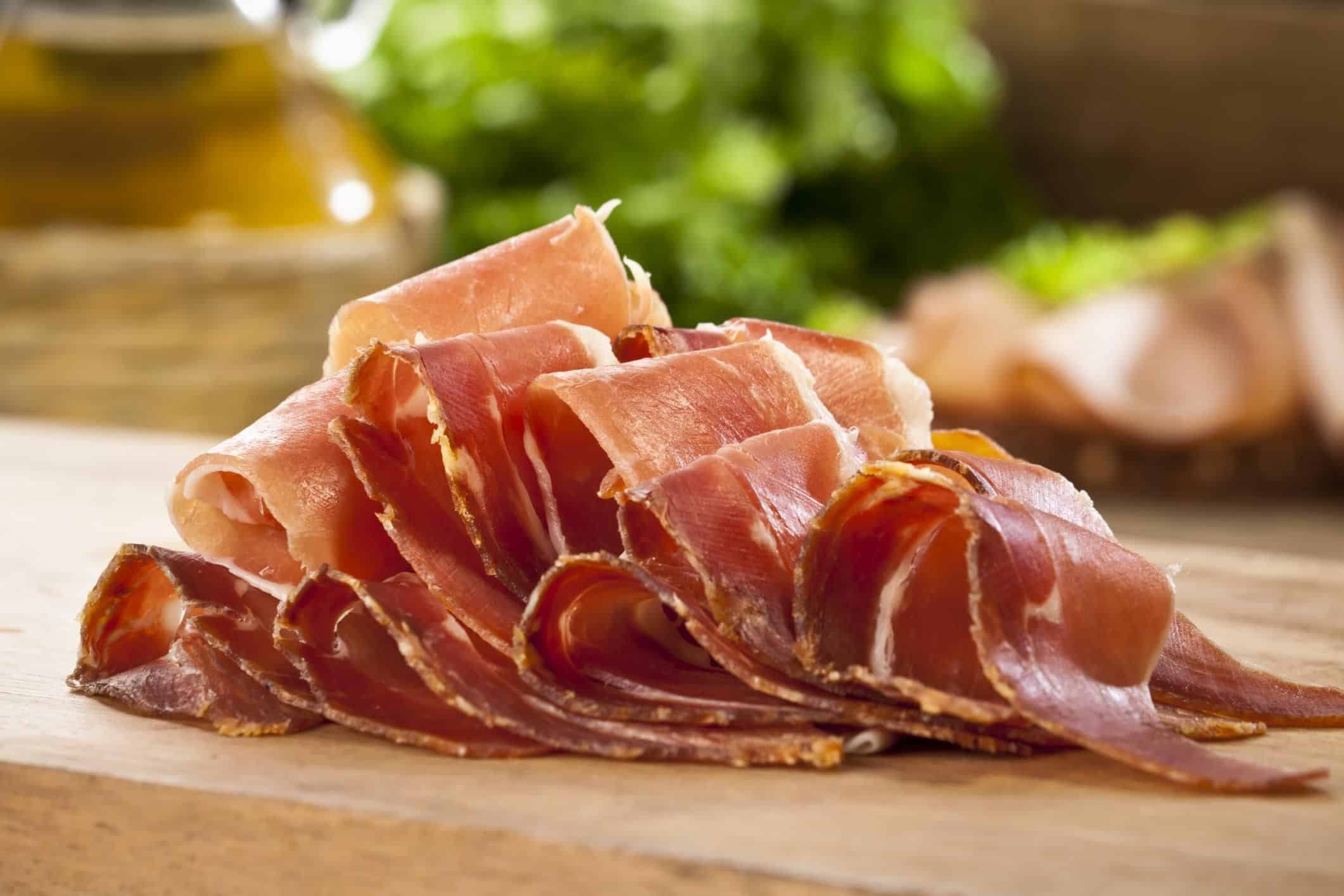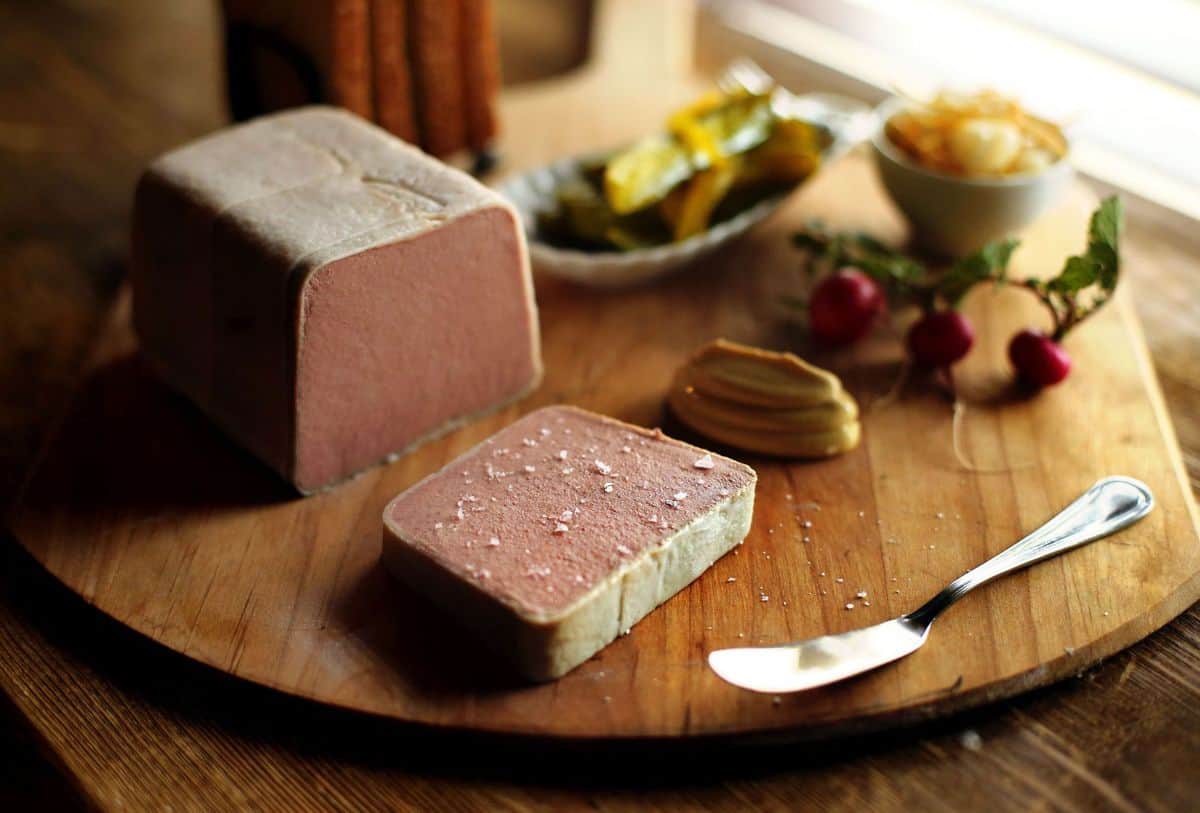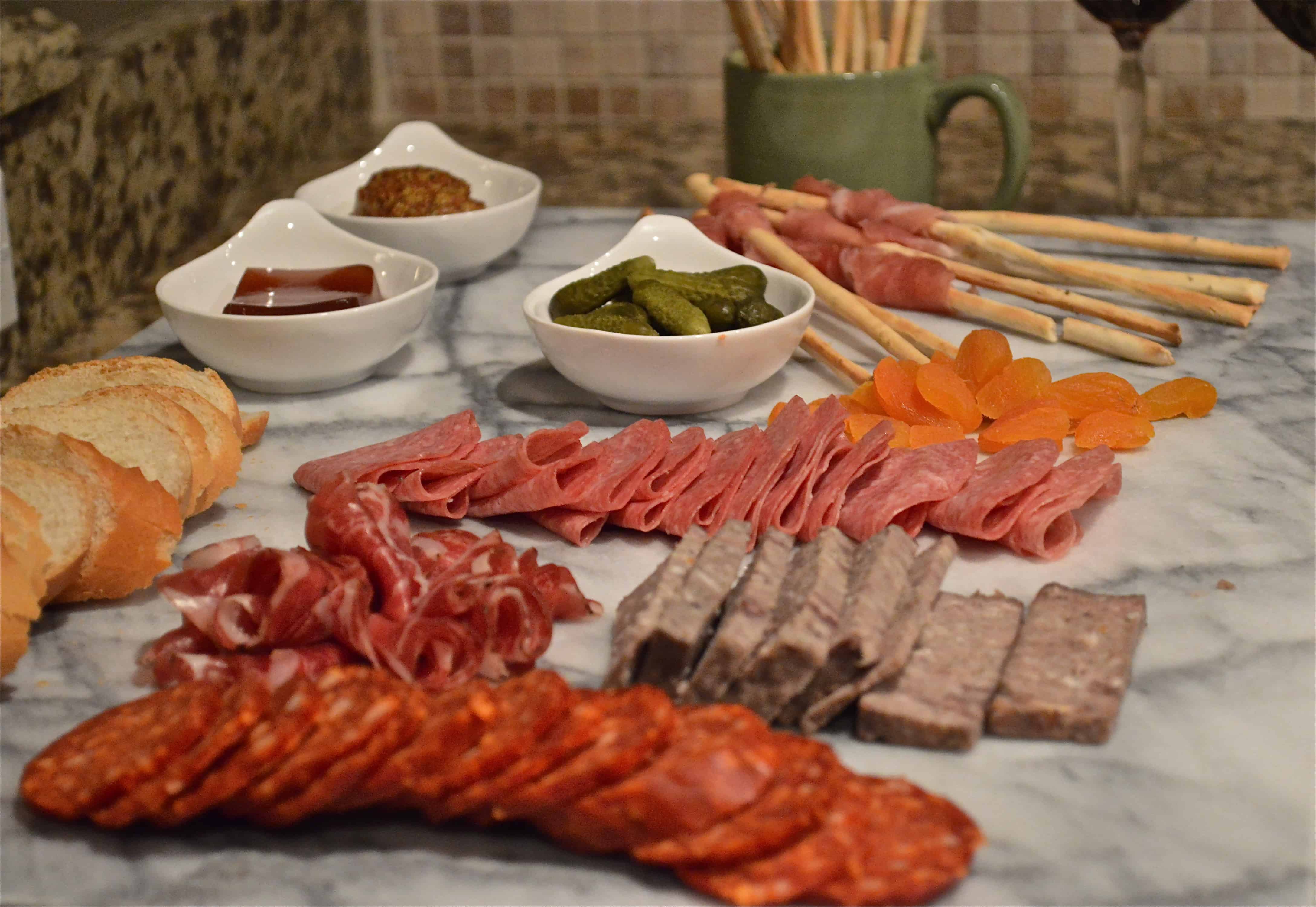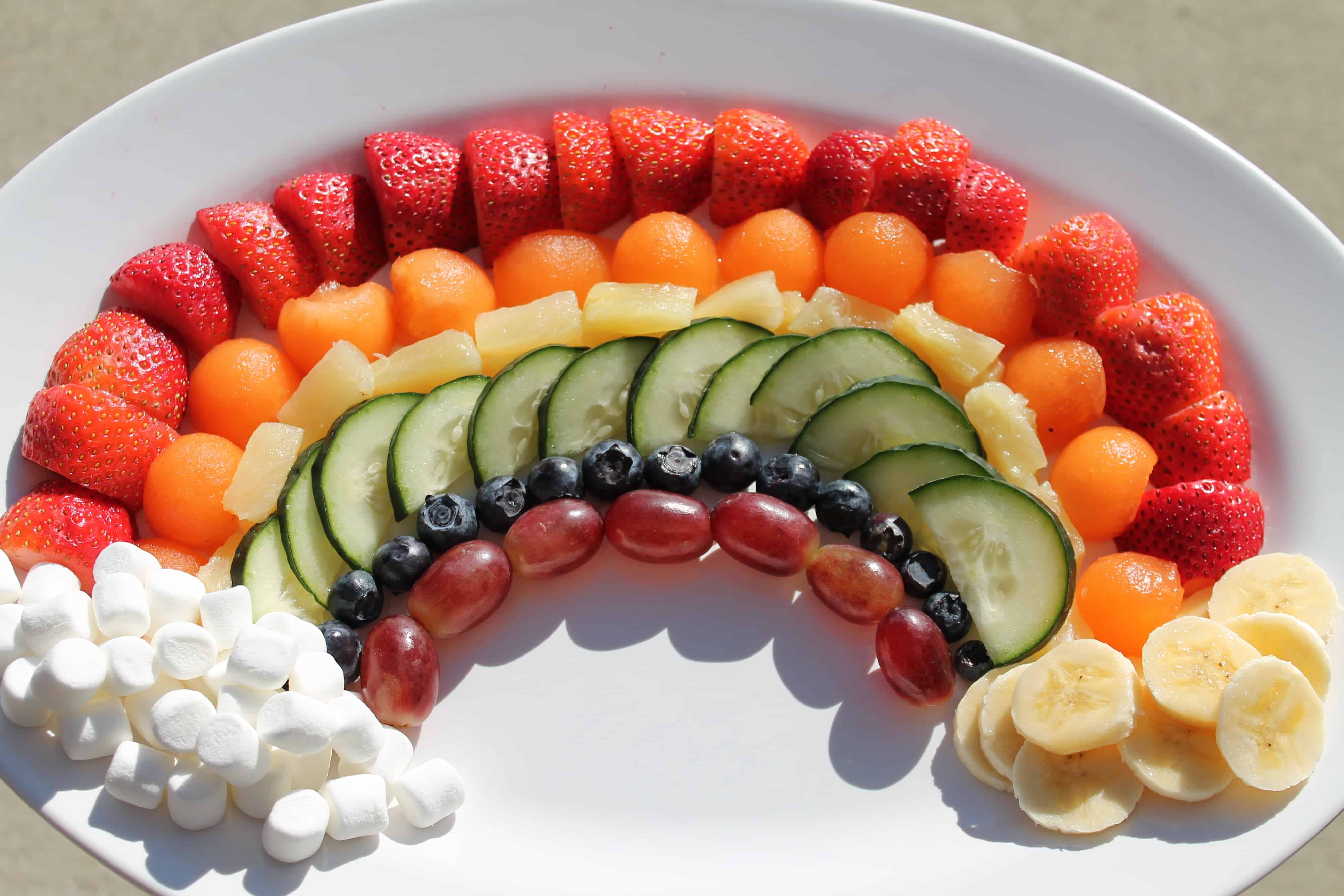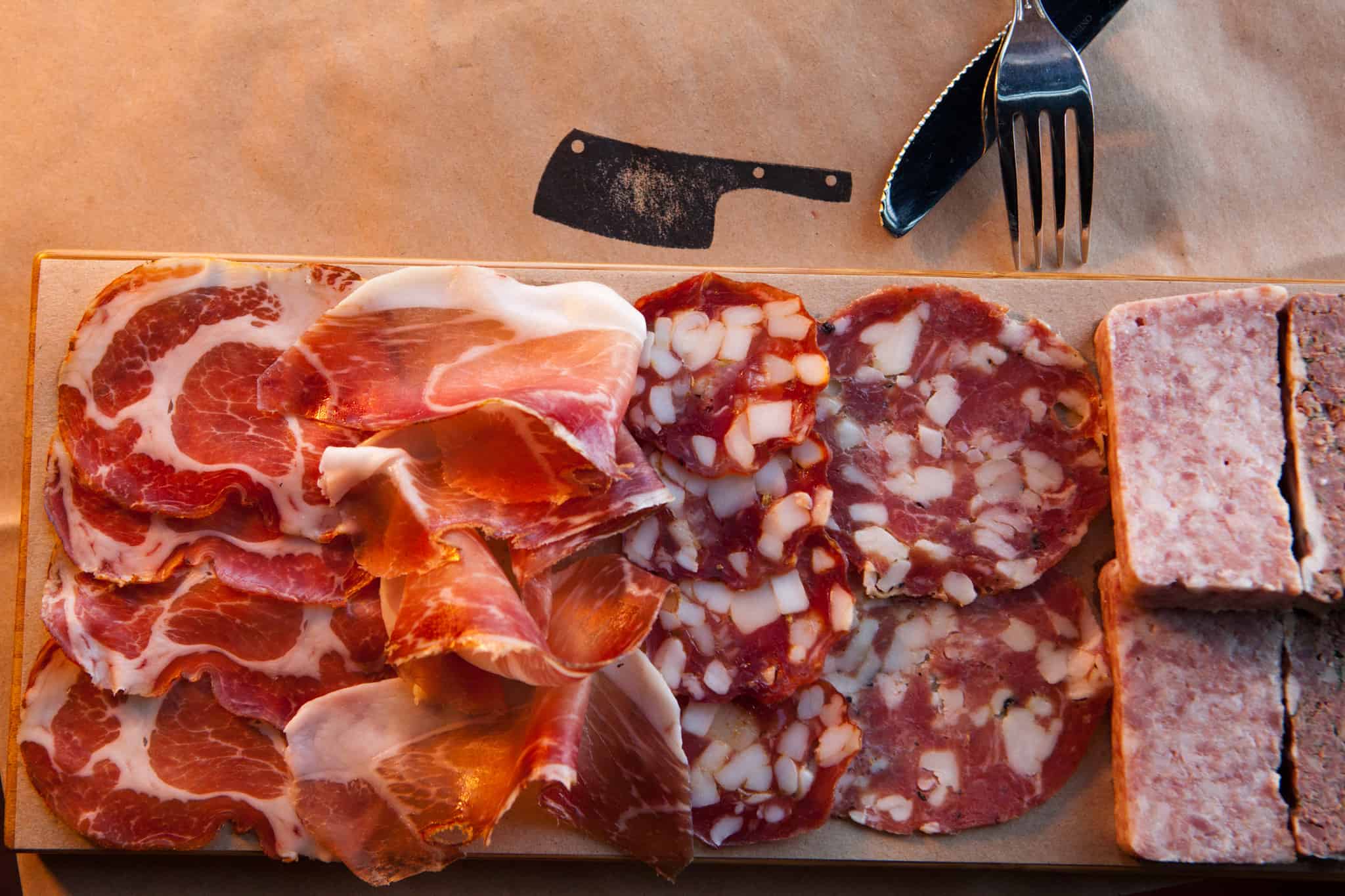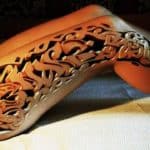Assembling the perfect charcuterie platter seems like an easy feat. You go down to the deli, you get whatever smoked meats and cheeses seem best, you cut them up and serve them with a lot of wine and scotch. In fact, most of us don’t even do the cutting ourselves, since we’re already at the deli. Well, cats and kittens, the truth is that method isn’t going to quite hack it, pardon the pun. Like floral arrangement or interior decorating, anyone can do it, but to do it really well and have a truly delightful – not to mention delicious – effect, you have to have a plan.
The good news is, this plan doesn’t need to be set in stone, and there’s lots of room for improvisation. It doesn’t take long to learn how the professional charcuterie maestros go about their task and once you have the fundamentals down for building your board, you can begin to experiment, taking your game to new – not to mention delicious, again – heights. Here’s how to go at it.
Begin With The Meat
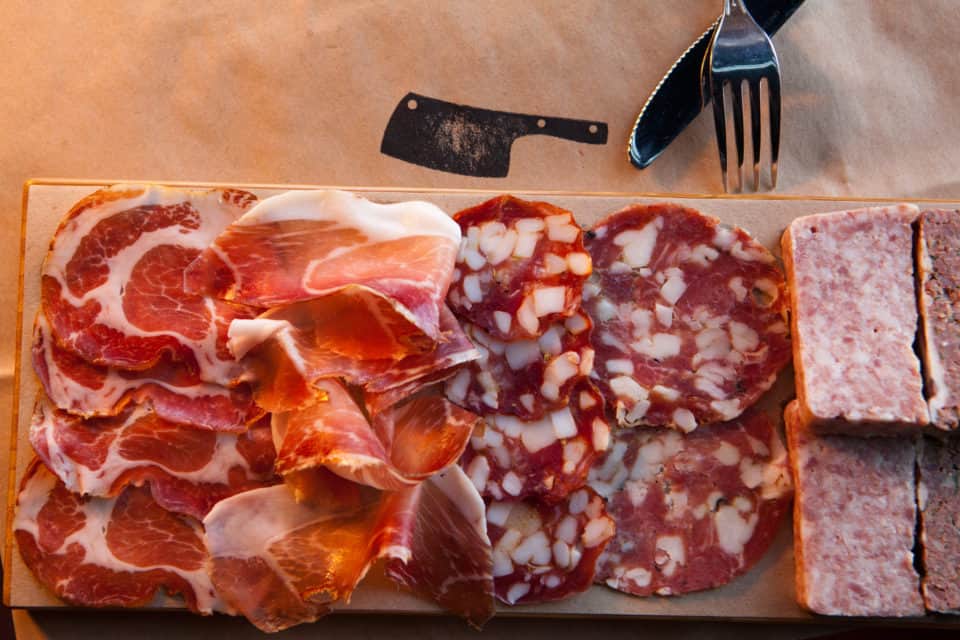
Charcuterie by definition is the line of culinary arts dedicated to working with prepared meats, such as salami, pepperoni, and bacon. Which means that a charcuterie plate or board is going to lean heavily on meat. Make the meat right and everything else will fall into place. Here’s the steps to do that.
Determine How Much Meat to Serve
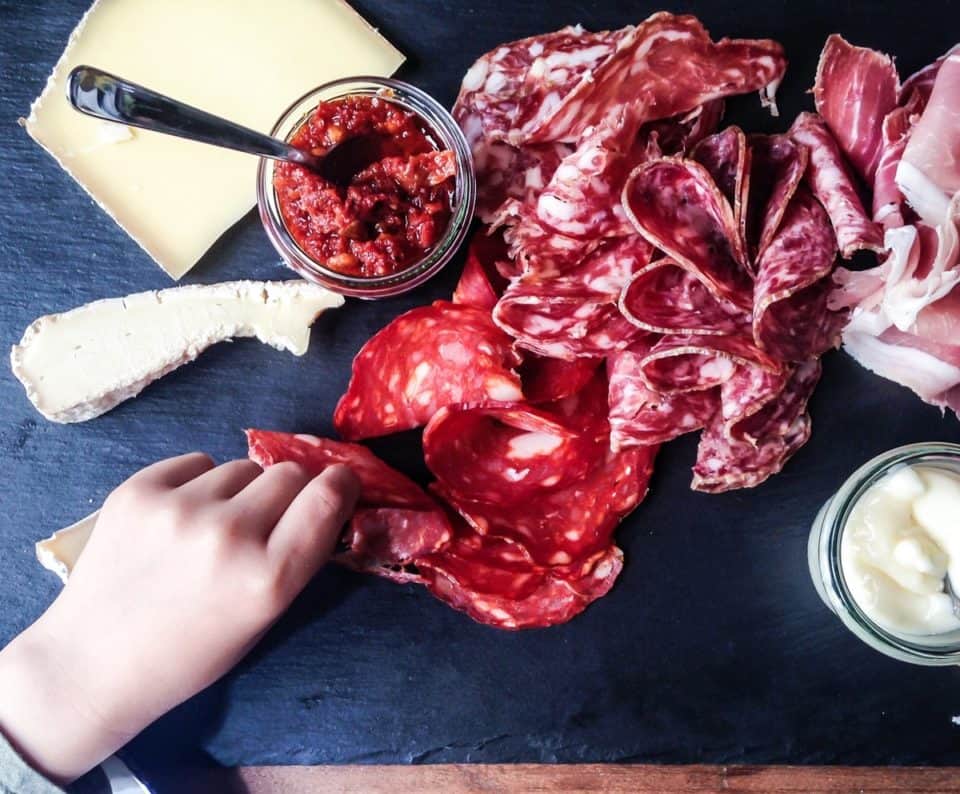
2 or 3 oz. per person is the standard amount of meat you should have, unless your appetizers are going to be a main feature of your meal, as they would be at a cocktail party, where alcohol is doing much of the heavy lifting. In those cases, you want to double-down on the meat offering 5 to 6 oz. a person supplemented with loads of delicious breads.
What Kind of Meats to Have
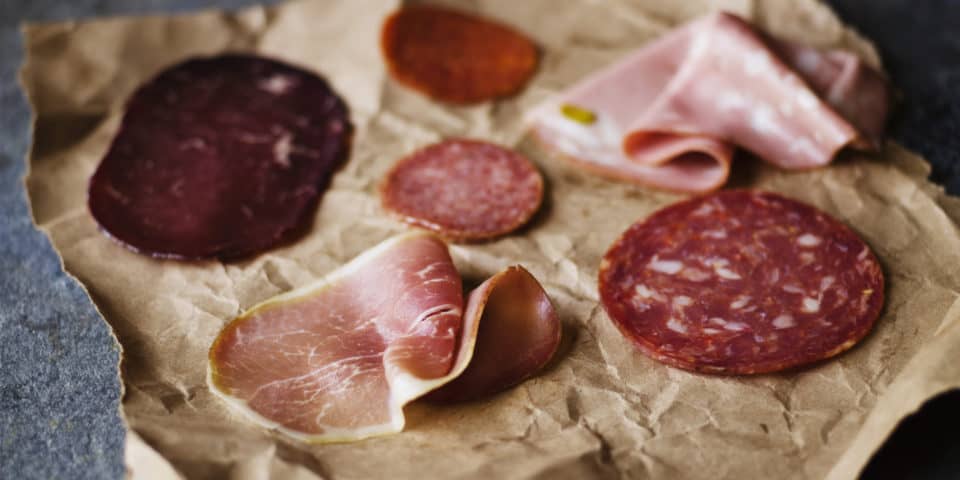
This is where it can get tricky, as your intent is to please all of the people with every bite, and that’s tough to do when everyone’s palate is different. You should begin with a simple meat, usually crowd pleasers like prosciutto work well. You’ll then want to build in a mixture of big, salty flavors such assopressata or capicola and supplant those with more mild meats, like a banal sopressata or basic salami. Then throw in some hot capicola or other spicy options to help contrast. You want a broad spectrum that lets everyone pick and choose what they titillate their mouth with next.
Mix The Cotto and The Crudo
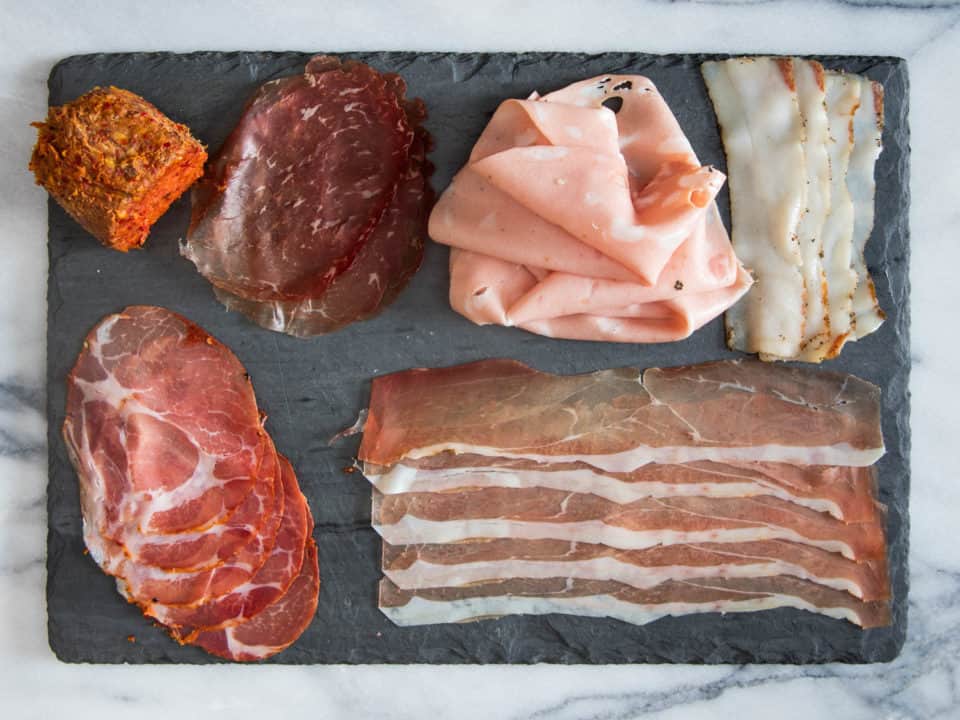
Cotto meats are cooked, while crudo meats are cured raw. Crudo meats tend to be extremely salty as the result of the process used to cure them, so they should be mixed with cooked meats that are more bland. Also, don’t be afraid to crisp up a few of the cured meats with a little time in the frying pan as it changes the flavor and texture, adding ever more variety to your platter.
Change The Cut
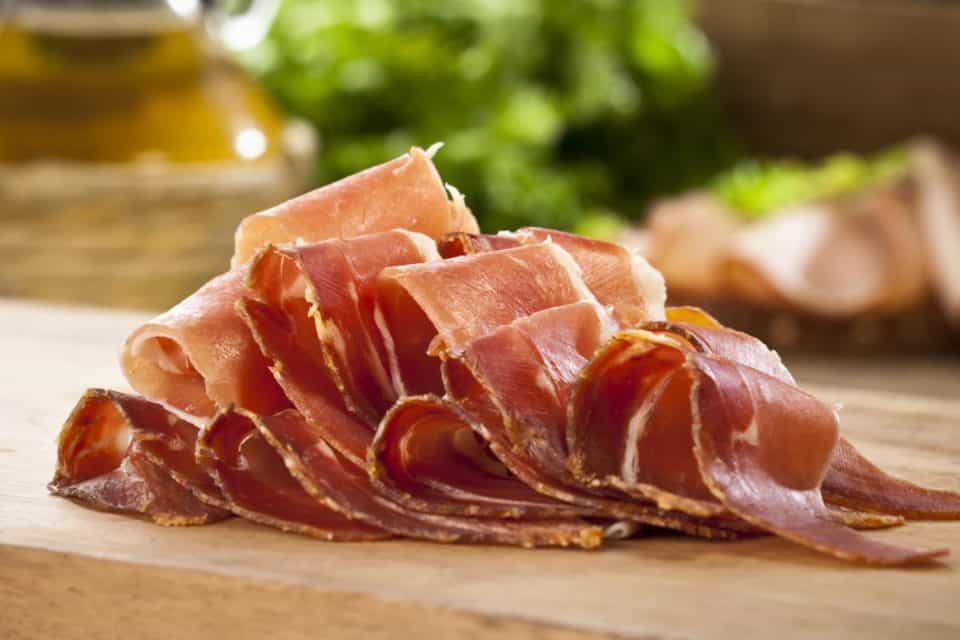
A handy way to help add diversity to your charcuterie plate is to not only vary what meats are out, but how they are presented. Slice the bolder flavors into thin discs that make the salt stand out, hack the medium and tame into chunks that require more chewing to bring the flavors forth. Lean spirals of black forest ham are always a handy way to flesh it out.
Cheese
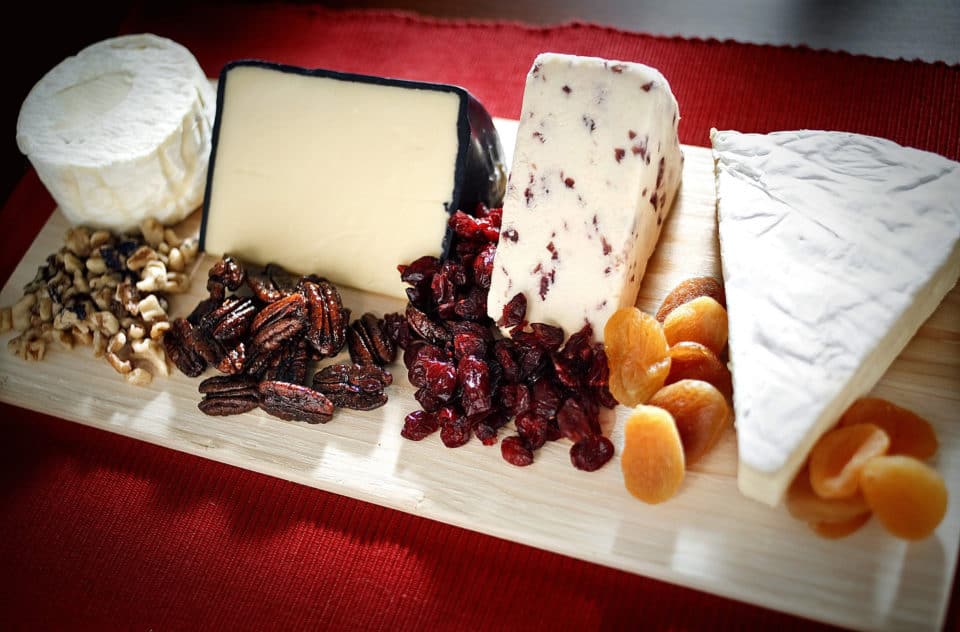
True charcuterie plates are comprised of nothing but meat, but the name has come to include full appetizer arrays. Since the meat is going to be salty, you generally want to stick to more mild or moderate cheeses like mascarpone, lest you overwhelm the taste buds. Again, it’s all about balance, so if you have some meats that are supremely dowdy, have some sharp cheeses to help bring them to life. Mix up the creamy ricotta with the moldy gorgonzola with the brash colby, but intend each cheese to pair with a particular meat, even if your guests ignore that particular match. Also think about sweet cheeses, such as Dubliner, to help tilt the scales.
Learn More: Most Delicious Types of Cheese
Fruits and Vegetables

Acidic is usually the way to go when you’re talking about the edible garnishes of a charcuterie platter, because acidic foods help cleanse the palate and counteract salt, allowing the next bite to be untainted by those that came before. Grapes and olives go best here, but don’t be afraid of mandarin oranges, blueberries, or mangoes.
You can also go with watery vegetables for more texture. Celery or dried tomatoes can add a nice texture breakup that washes away any biting mouthfuls. A light salad with some feta can also be helpful for keeping the decadent feel to a minimum.
Breads
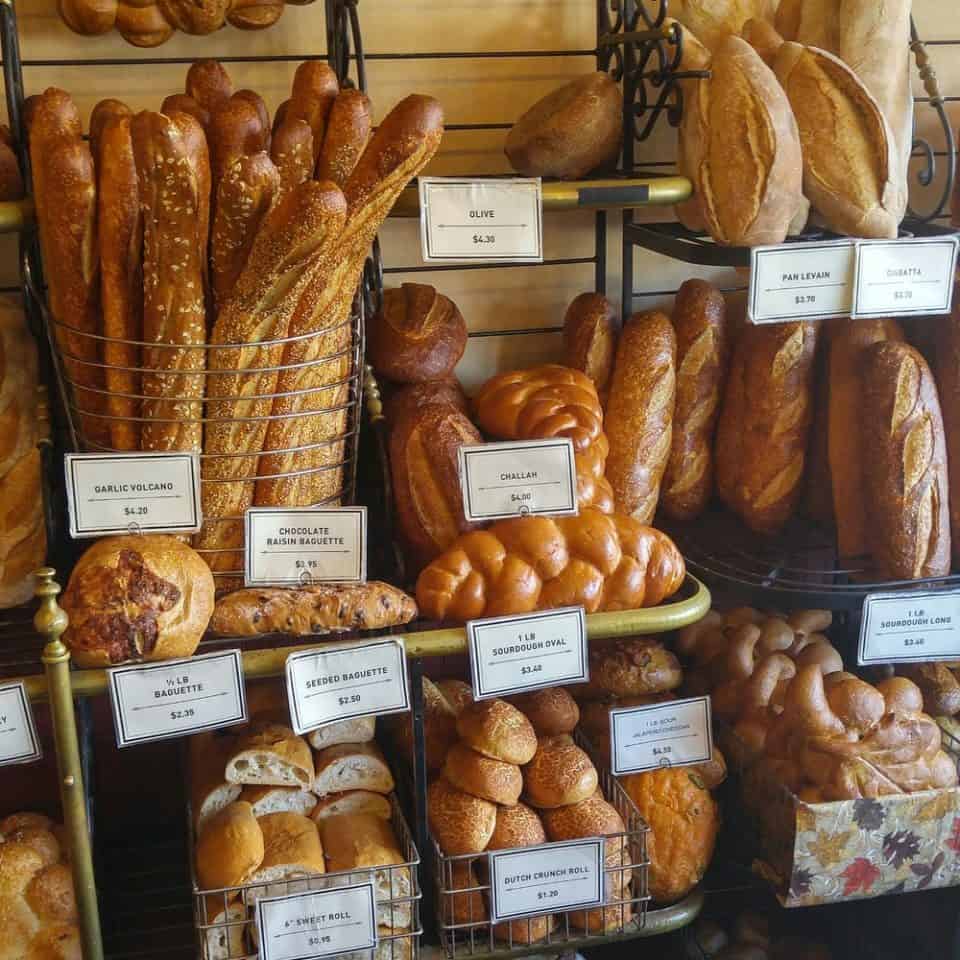
Bread is usually one of the major failings of a charcuterie plate because people tend to offer large baguettes that guests will gorge themselves on, leaving no space for the main course. That’s fine if that’s how you want to do it, but be aware that your breads should bring extra texture if not necessarily much more flavor to your platter. Multi-grain crackers, unsalted bread chips, some warm, soft rolls, and maybe a sourdough or a rye are all welcome additions, both visually and on the tongue.
Read More: 30 Types of Bread
Jams
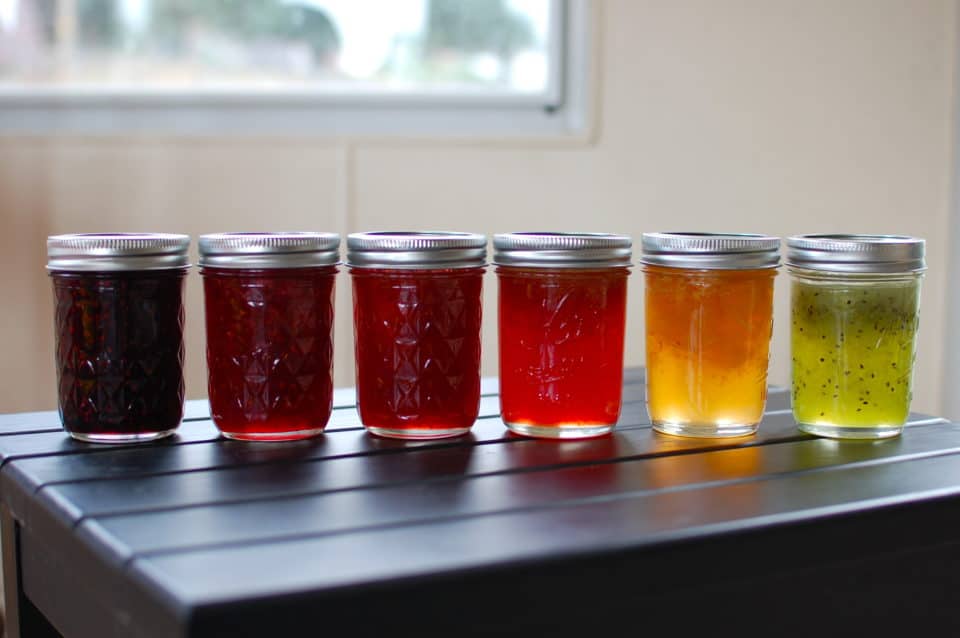
You need to have a shock of sweetness on a charcuterie board, lest the glut of meat and cheese overwhelm your guests. Fruits can help with this, but are meant to help subtract flavors, rather than adding much of their own. When sugar is the requirement, go for jams, jellies, spreads, and preserves that have a balance of tart and those that are pure sugar. Strawberry or currant are good examples of a sweet-sweet taste, with cranberries and raspberries charging forth to cover the more tart-sweet arenas.
Pâté, Liverwurst, and Other Spreads

Never unwelcome on a platter is an arrangement of spreads. These should generally be an afterthought, as few people want to gorge on pâté, since it’s traditionally fatty and heavy. They should be the satellite moons that orbit around the meat, cheese, bread, and fruits or vegetables.
Presentation

There’s a reason that restaurants work to make your food look good, because our brain will tell us something tastes better if we expect it to. The best plate in the world can be taken down a few notches should your presentation suffer. Lay things out in a way that is appealing and showcases the different meat cuts and cheese blocks in three-dimensions. Every moment you spend getting things looking good is going to pay off in how exquisite people believe it will taste. Each plate should have a unique and delightful topography that begs viewers to take just one more bite.

